It tells the story of a child who spends hours travelling with his mum for her work cleaning houses. He wrote:
“They had to catch two buses to reach their destination and the trip seemed to take forever unless he fell asleep along the way”.
These days, it’s so common to travel a long way from home to work that it’s one of the most talked about features of Sydney life. It’s no surprise Paul Kelly has found a new audience among Australia’s young people today.
Our State is in the grip of a housing crisis. There are lots of theories about how we got here.
But from where I’m sitting, it’s clear. There simply aren’t enough homes.
Supply and demand are basic principles of economics. If supply is low and demand is high, prices go up. Today that means young families, essential workers like teachers, health workers, police officers and others can’t afford to buy a home and there is limited supply for rent.
It also means young people are leaving. Between 2016 and 2021 alone, Sydney lost twice as many people aged 30 to 40 as it gained. Thirty-five thousand came to Sydney, but seventy thousand left. And it’s now spread to the regions as they also face rapidly rising prices and low rental vacancy rates.
To address this, in December last year the NSW Government developed a new planning policy that increases the number of homes close to train stations across 13 local government areas (LGAs). Since then, 12 of the 13 councils agreed to a customised plan for housing for their community. I want to thank mayors and council officers who worked hard for this result.
Yesterday we released housing targets for each LGA across the State. We want to make sure those new homes have access to great infrastructure. To deliver that, yesterday the NSW Premier Chris Minns, announced $200m for grants to councils which meet their targets.
That’s in addition to reforms we made last year to State infrastructure contributions that sees up to $700 million each year for the next ten years invested in state and regional infrastructure like roads, parks, schools, and hospitals.
Past planning decisions prevented us from using land better to create homes close to transport, jobs and critical infrastructure. For example, additional homes on large residential lots aren’t even considered by many councils. Some of our residential lots are large enough to accommodate this additional housing. Or as Paul Kelly wrote:
“…the backyard was as big as the house, sometimes even bigger”.
So, we’re progressing reforms to increase the diversity of low and midrise housing to find more space for dual occupancies, duplexes, terraces, and small apartment blocks. This makes better use of our land and creates housing choice and supply.
People shouldn’t have to travel for hours because they can’t afford to live near their work or family. Our reforms aim to create greater supply, choice, and quality of life so young people especially aren’t forced to forever live in other people’s houses but have an opportunity to find a place to call their own.
This is part of the NSW Government’s plan to build better homes, and better communities for the state.
This opinion piece was originally published on page 13 of the Daily Telegraph on Thursday, 30 May 2024.


